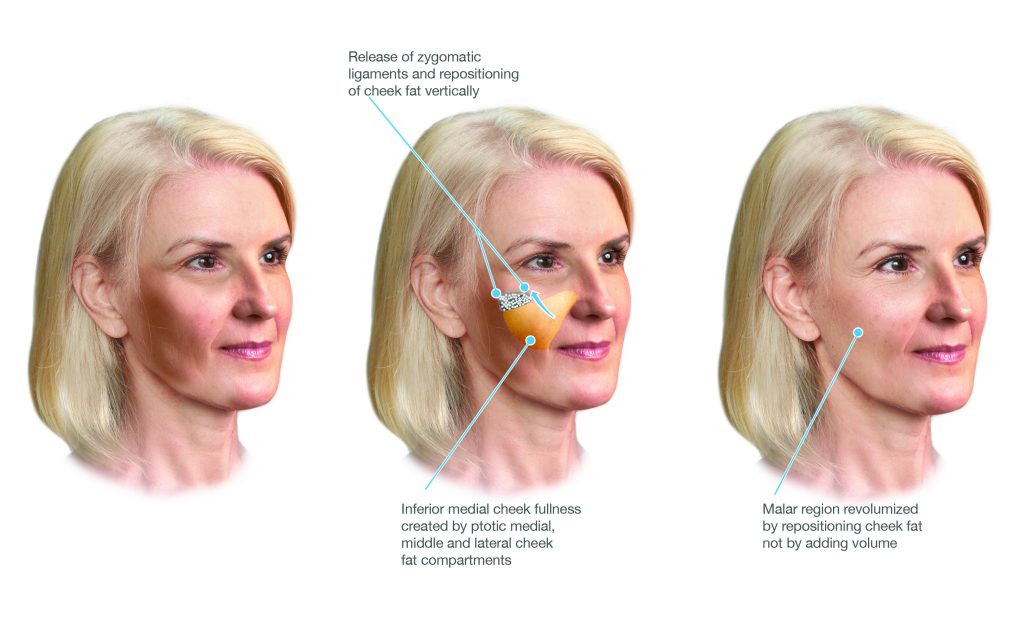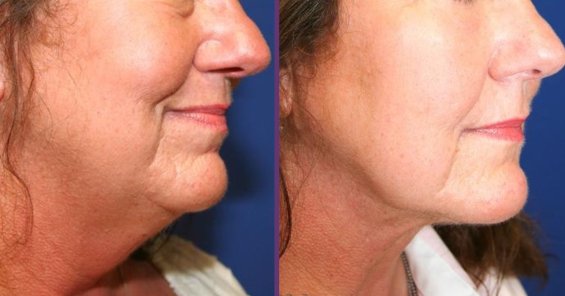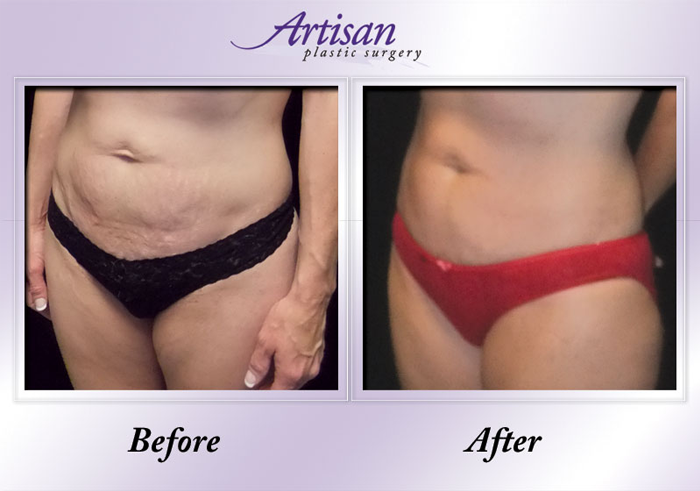
There are many methods to straighten a crooked nose. Some can be permanent while some can be temporary. The treatment for a crooked nose will depend on what is causing the crookedness in the first place. The crookedness can be caused by contracture, flexible cartilage swelling, or misalignment of the bones and cartilage. Alterations in the skin's thickness and shape are another cause. Asymmetries are natural for human faces. Perfect symmetry is undesirable and unnatural.
Treatments for a Crooked Nose
Crooked noses are a common problem. There are many treatments to correct them. You can straighten your nose or change the shape with non-surgical methods. Surgery can permanently correct the shape. If the problem is severe enough surgery may be necessary.
A variety of factors can cause a crooked nose, including a deviated Septum. A deviated nasal septum can block airflow, which can lead to breathing difficulties. It can also cause nosebleeds. Only a physician can diagnose your condition. One option for a crooked or distorted nose is to have it corrected surgically.

The signs of a congenital crooked nose
A crooked or distorted nose is a common cosmetic problem. It is usually caused by abnormalities in the bones and cartilage of the nose. The nose can look either C-shaped, or S-shaped. It can also push the nose to the right or left. It can also be caused by a fracture, deviated septum or a genetic disorder. A crooked or distorted nose can impact a person's self-confidence, appearance, and confidence.
A crooked nose can also cause severe breathing problems, frequent nosebleeds, and sleeping difficulties. In addition, it can also exacerbate conditions like asthma and throat conditions. Consult an ENT Los Angeles to diagnose the problem and determine if a crooked or distorted nose can be corrected. The doctor will be able to recommend a procedure to correct the problem, such as rhinoplasty, septoplasty, or a combination of the two.
Treatments for a crooked nose after rhinoplasty
There are many ways to make your nose look better after rhinoplasty. One option is to have your septum straightened with a septoplasty procedure. This procedure involves removing the enlarged turbinates (thin bony plates inside the nose) and straightening the bent cartilage and bone. The procedure is often praised by patients for improving their breathing. Soft tissue fillers can also be used. These procedures can conceal the crookedness and sagging of the nose.
There are many reasons why a crooked nasal septum can develop after rhinoplasty. They can be caused by inherent facial asymmetries, nasal trauma, or a deviated septum. When done correctly, rhinoplasty will straighten your nose. Houston's facial plastic surgeon, Dr. Funk, is certified. Dr. Funk performs rhinoplasty for aesthetic and functional reasons.

Surgery to correct a crooked node
A crooky nose can be corrected for aesthetic reasons or breathing problems. A problem with the nasal bones or septum is most commonly responsible for a crooked no. It can affect breathing and make it difficult to do daily activities such as exercise. It may also be caused by an injury in the past.
Surgery to correct a deviated, crooked or misaligned nose may be necessary in extreme cases. Some surgical techniques include septal resection, cartilaginous camouflage and bone transplants. These more extreme procedures can involve multiple techniques and come with a greater risk.